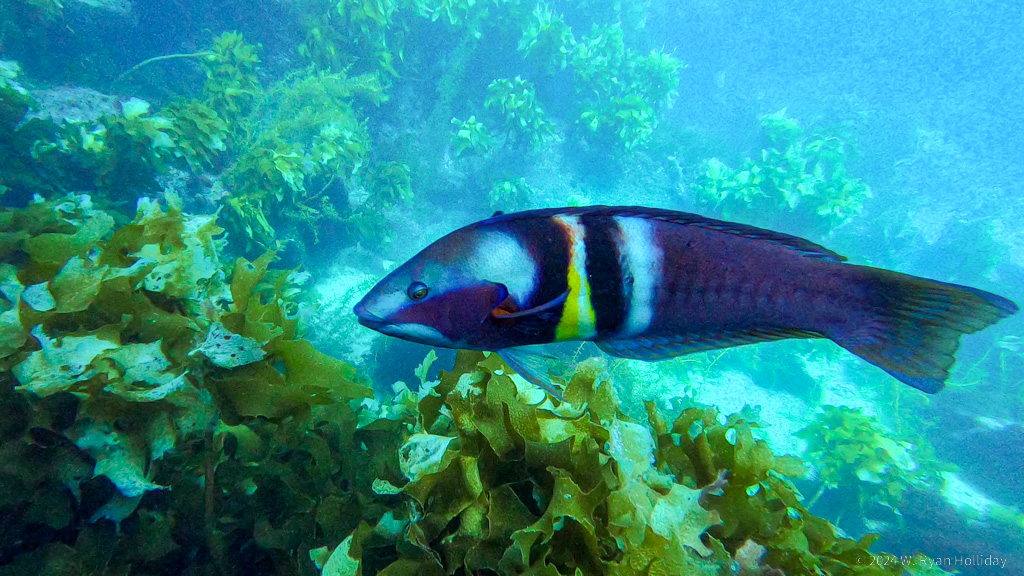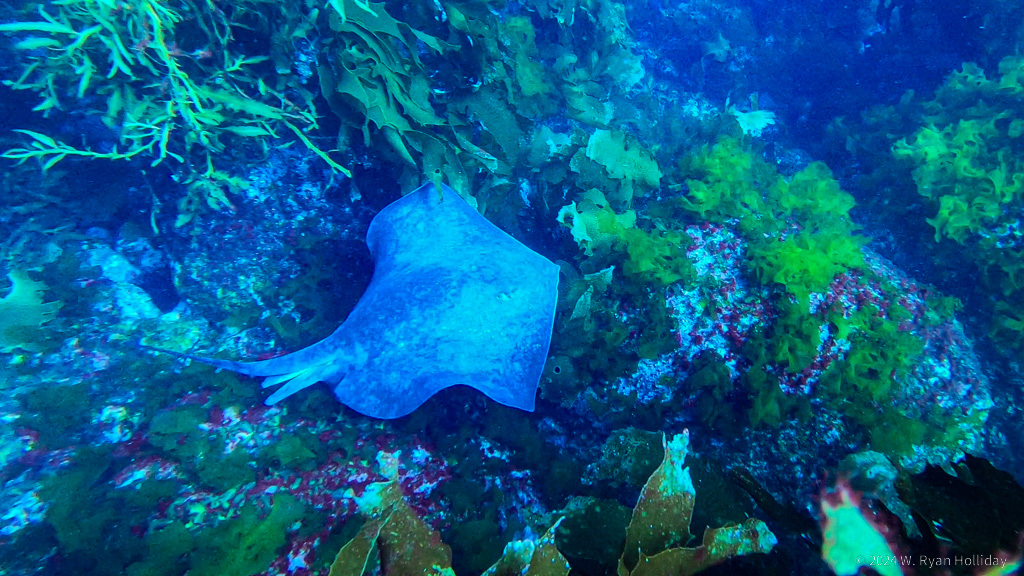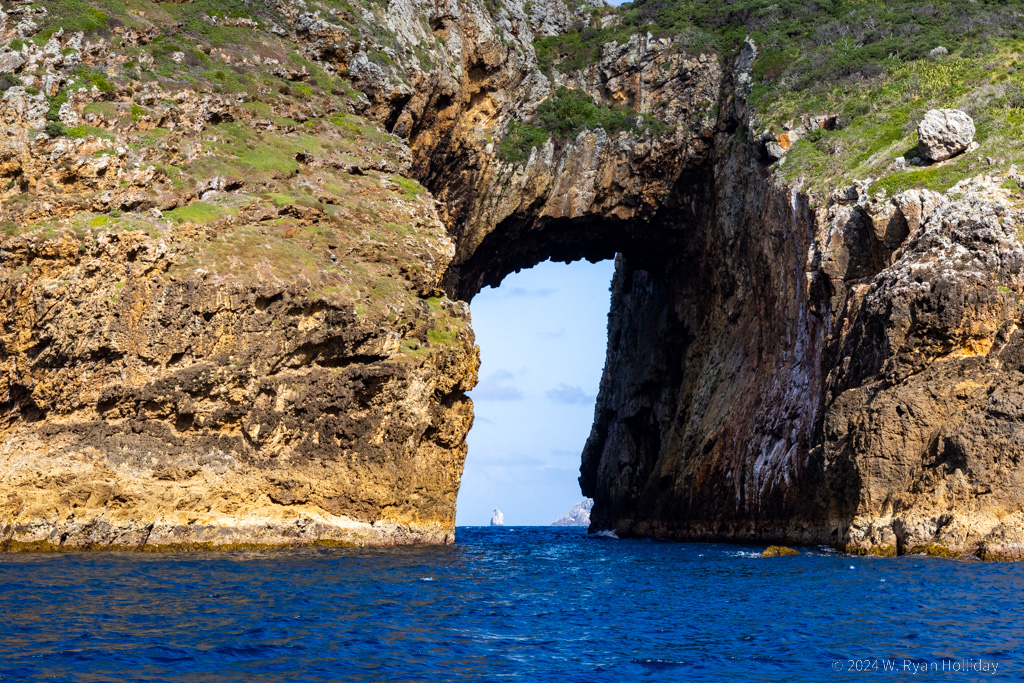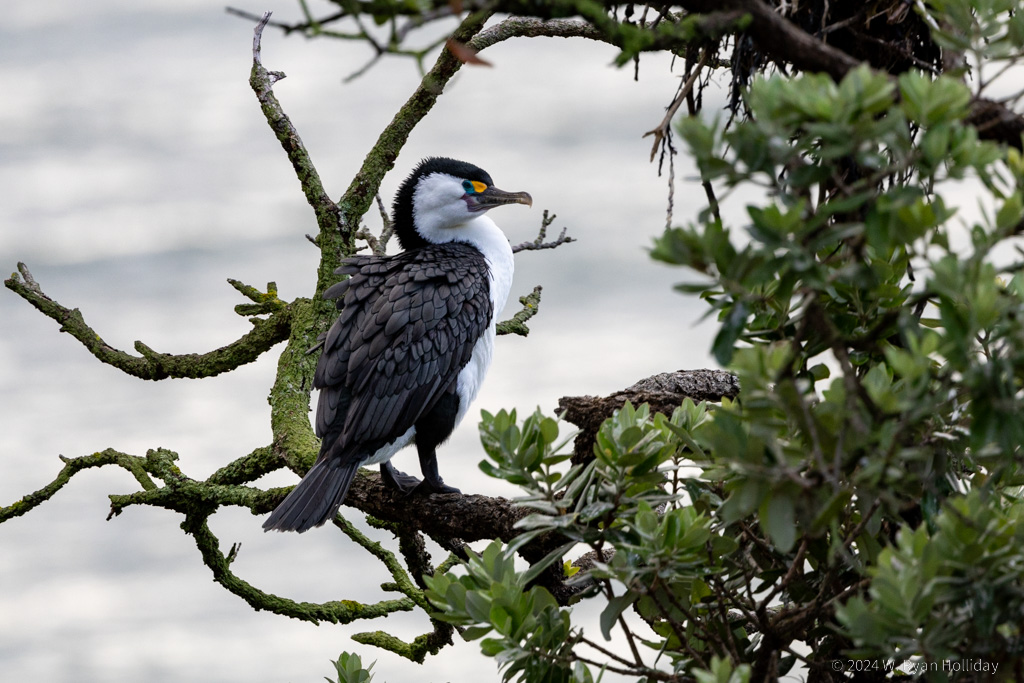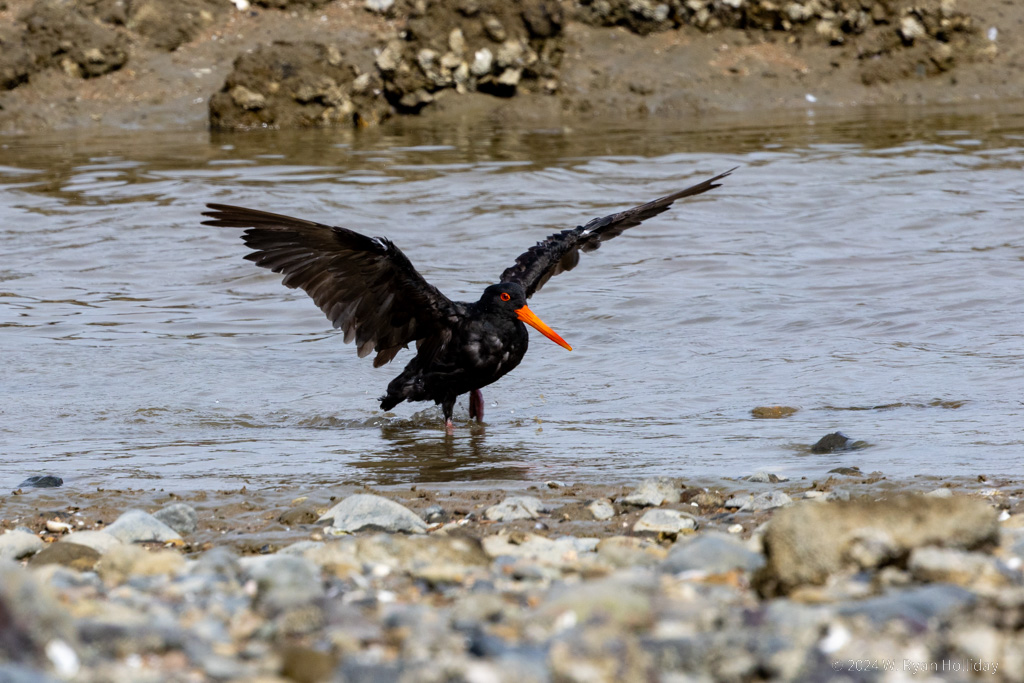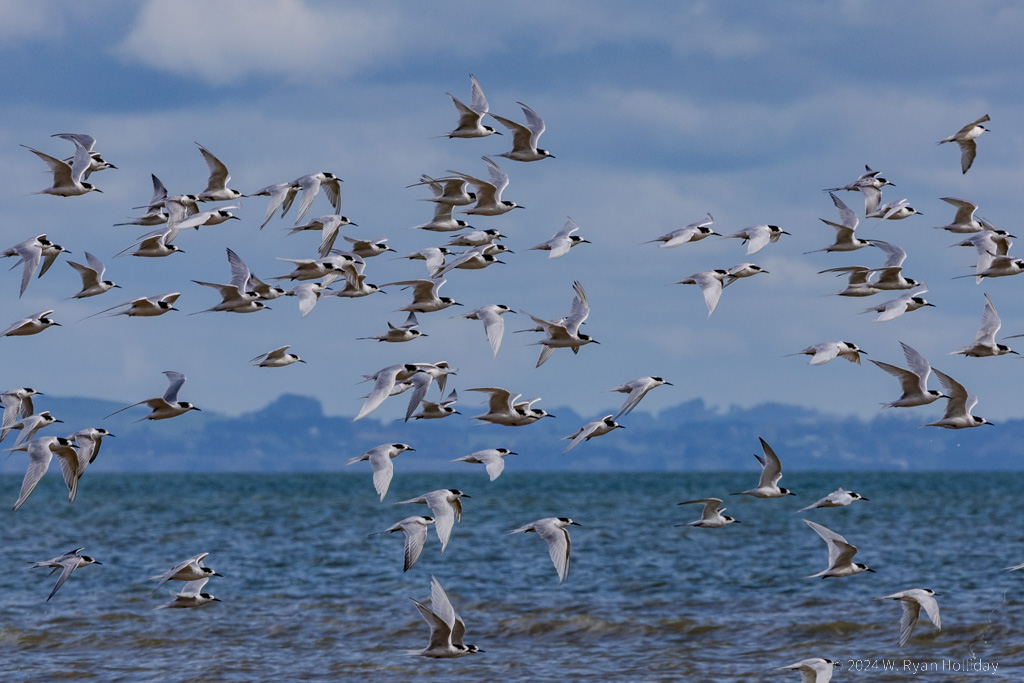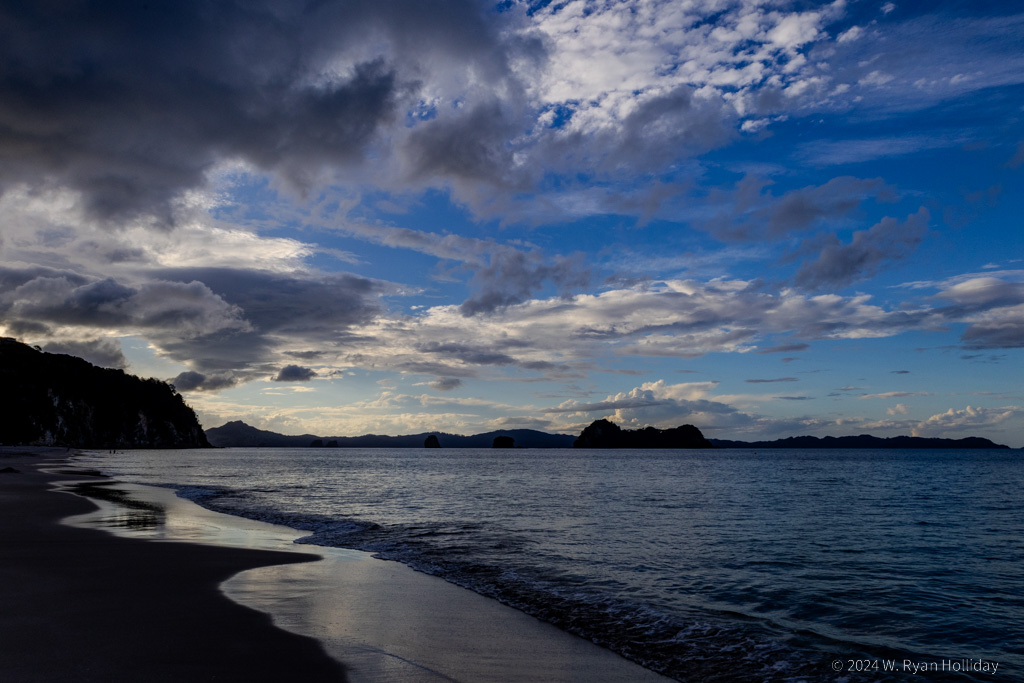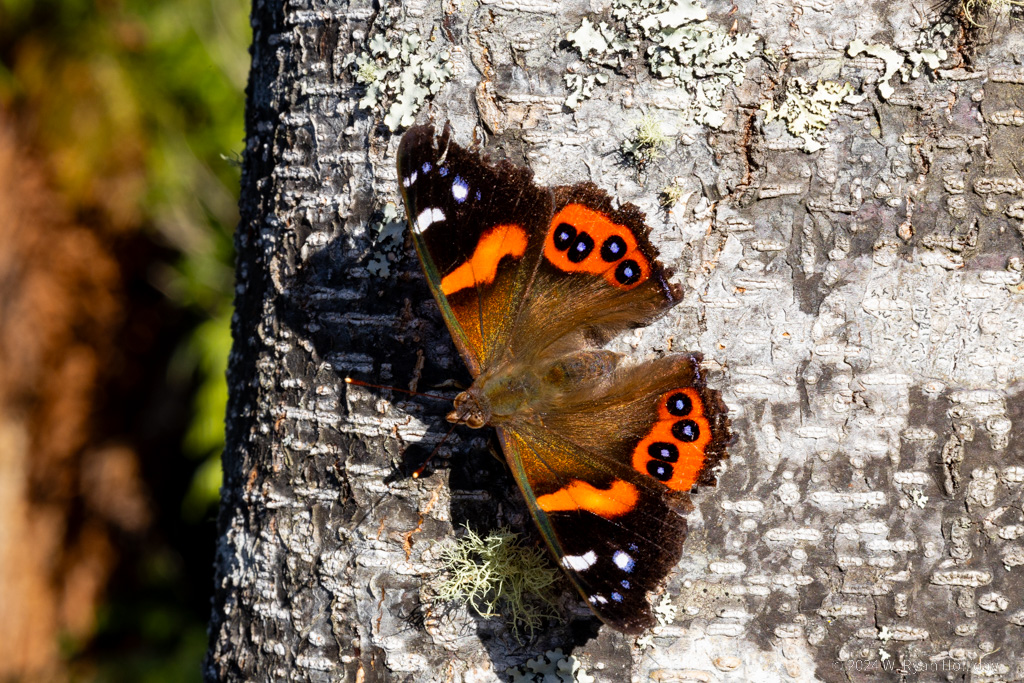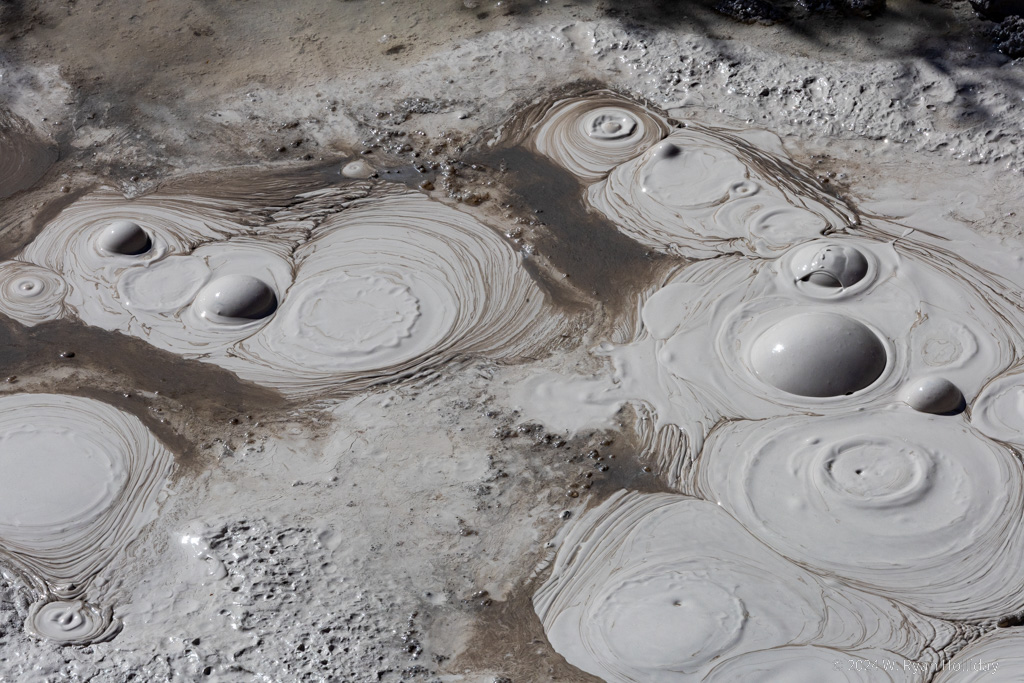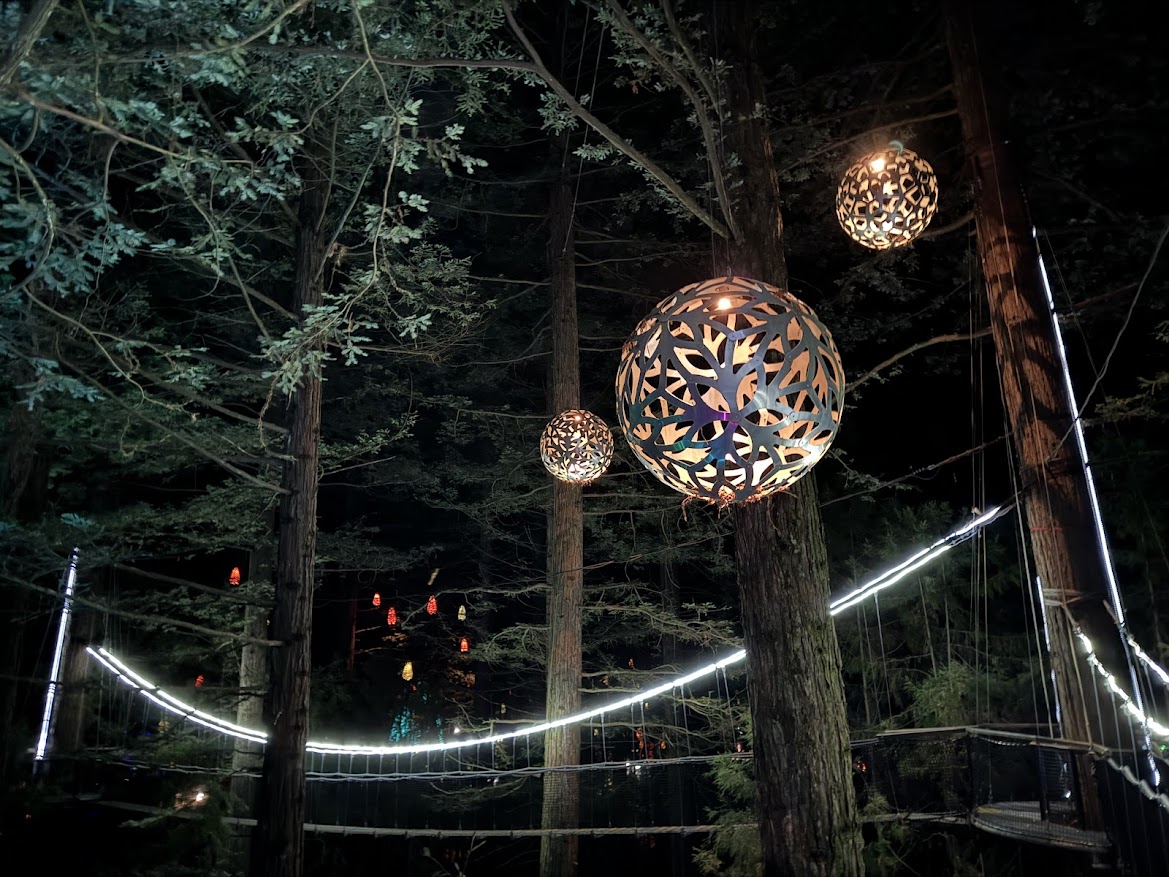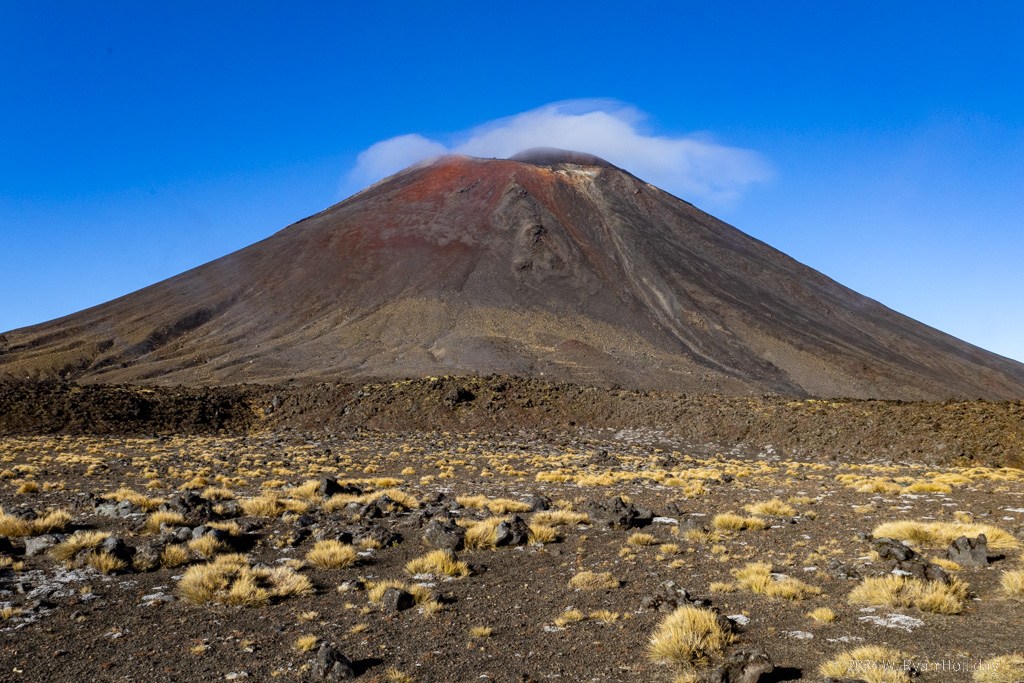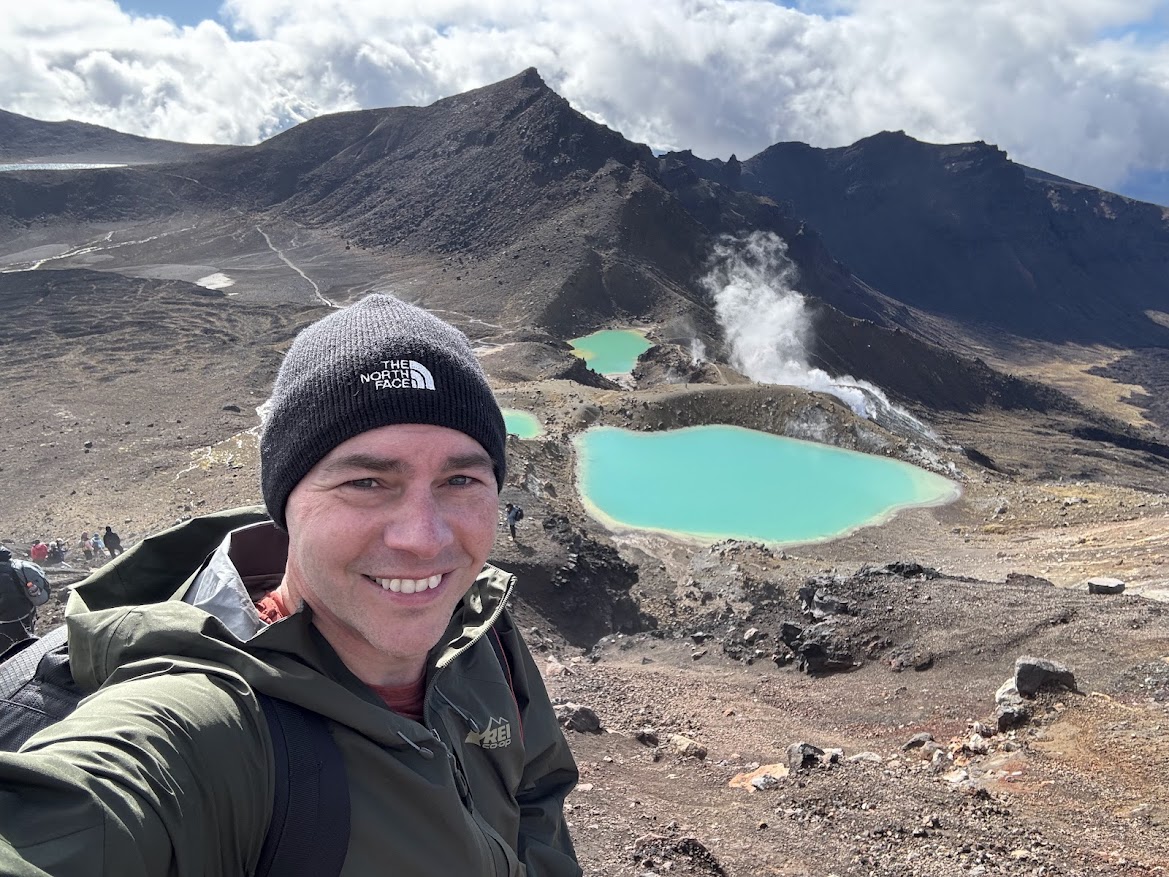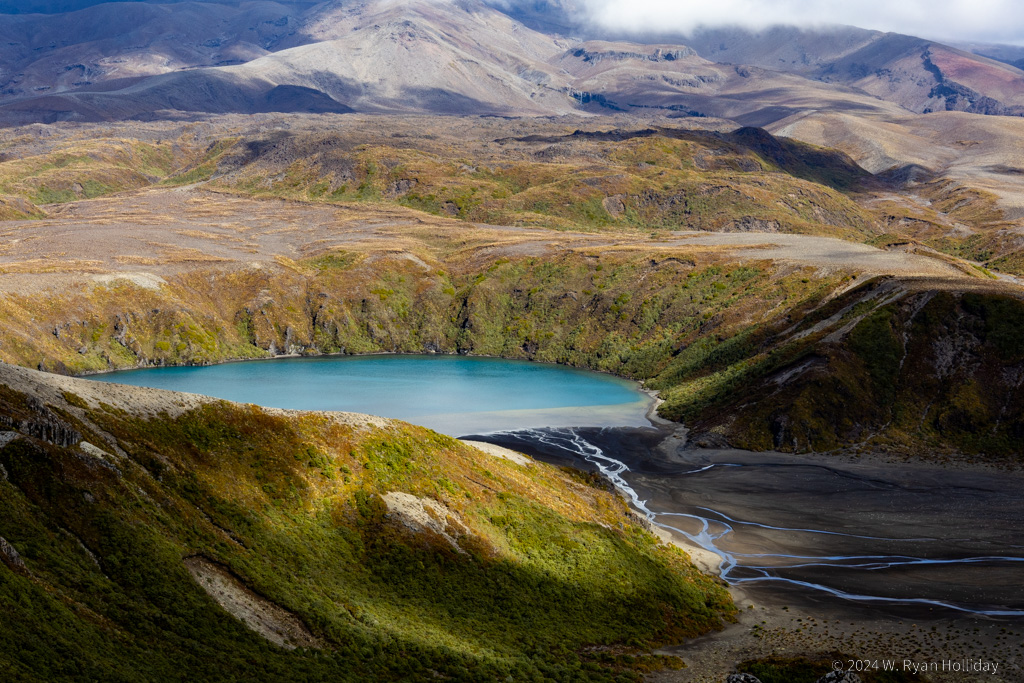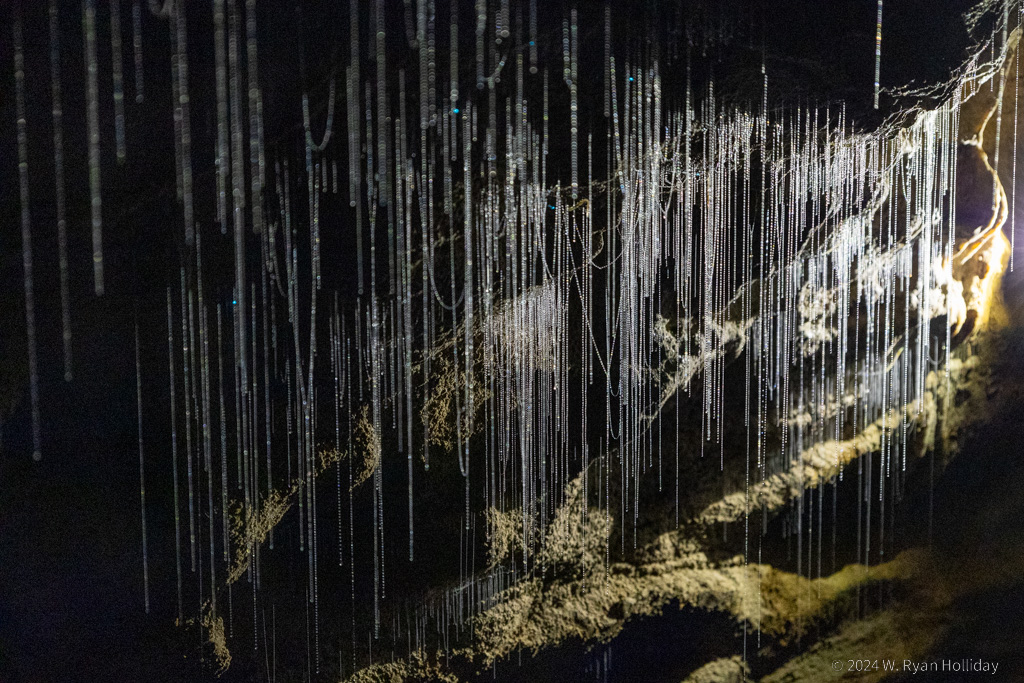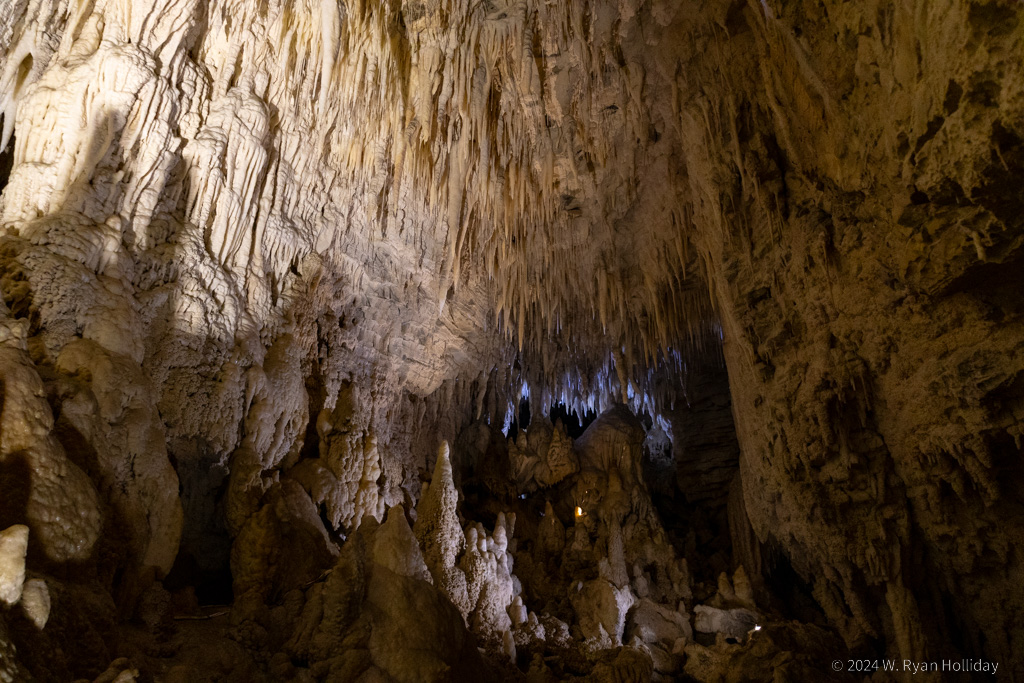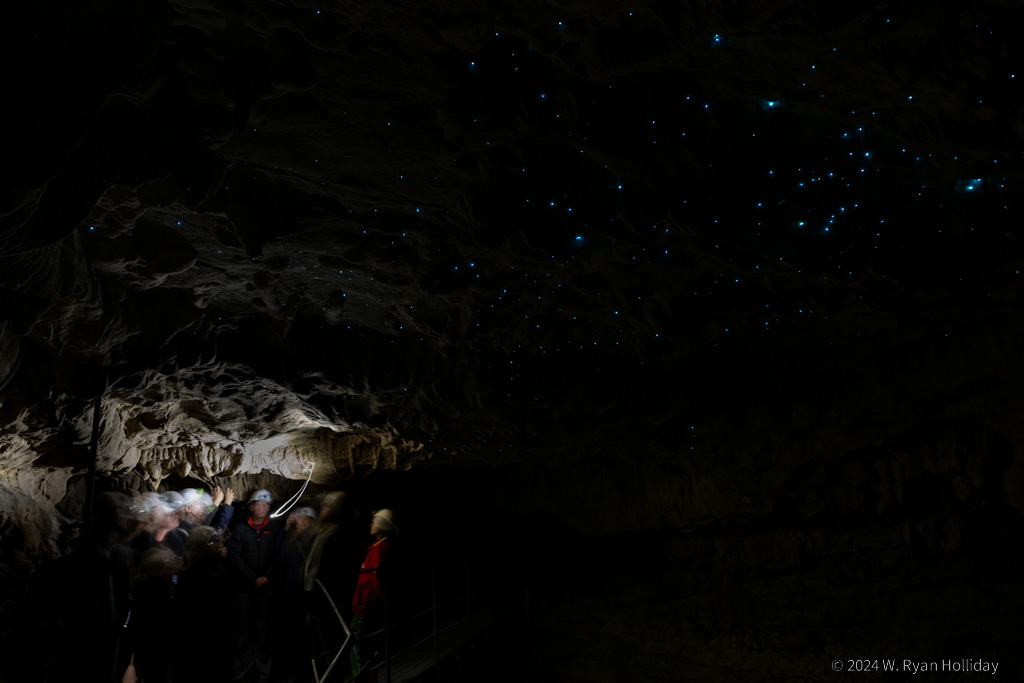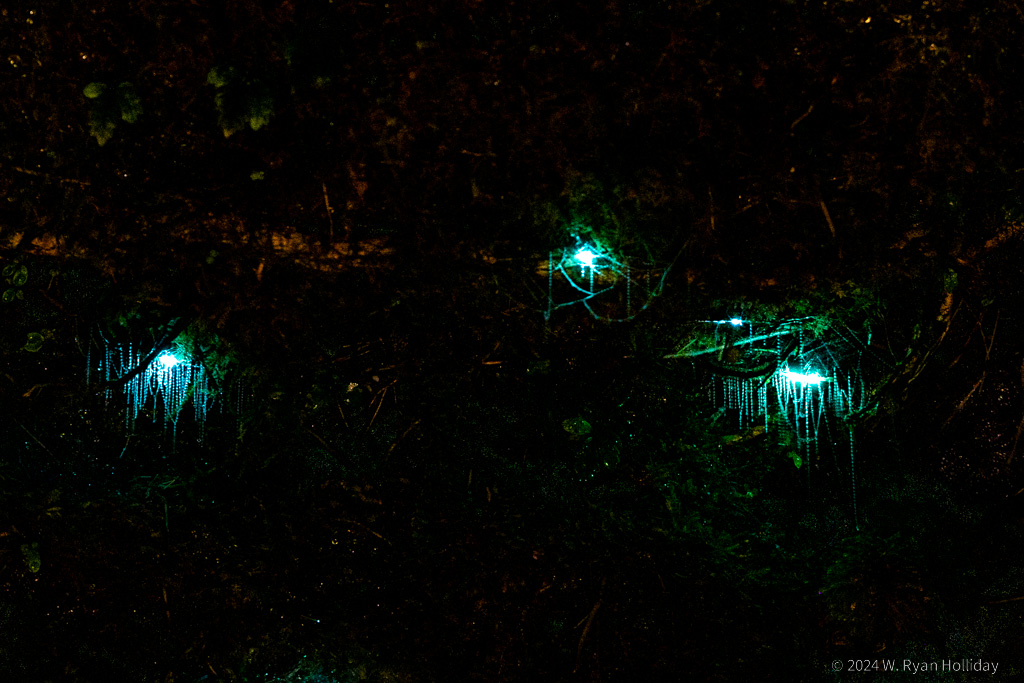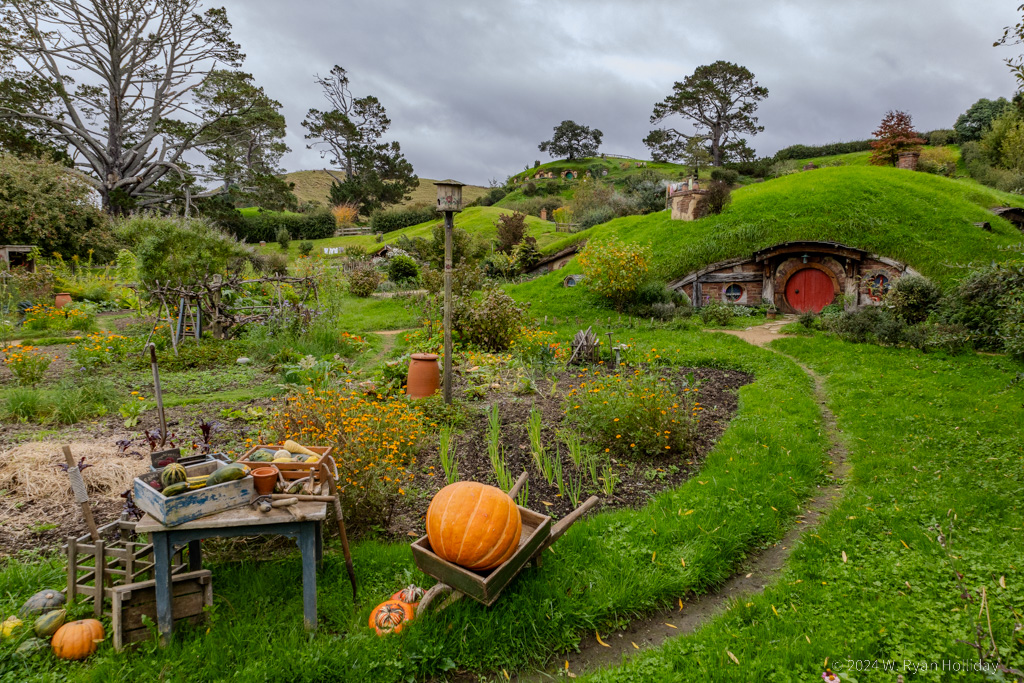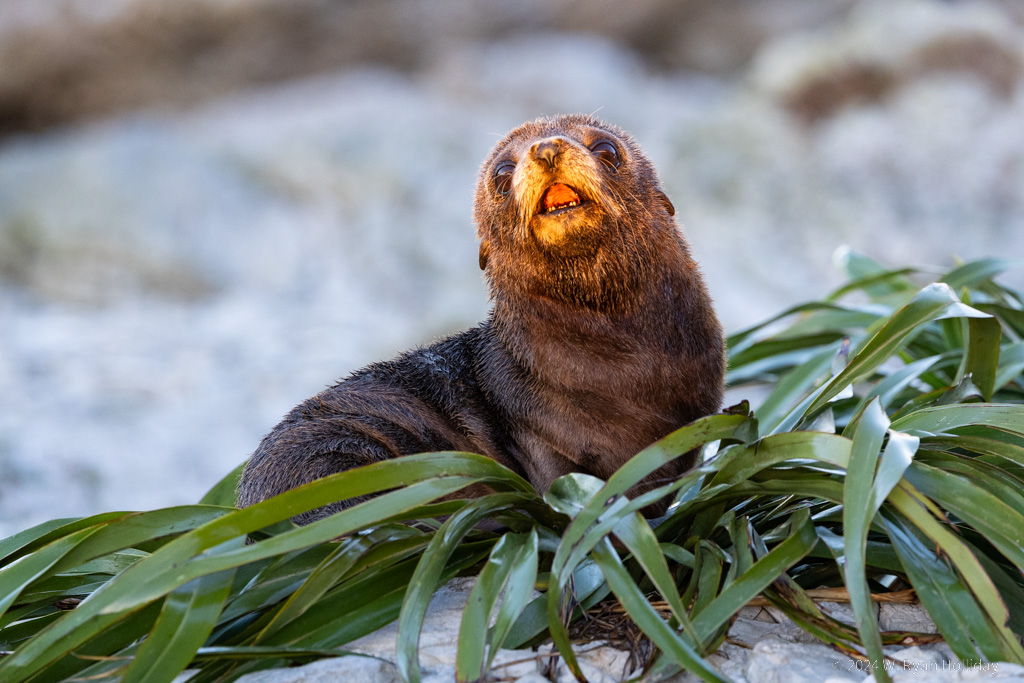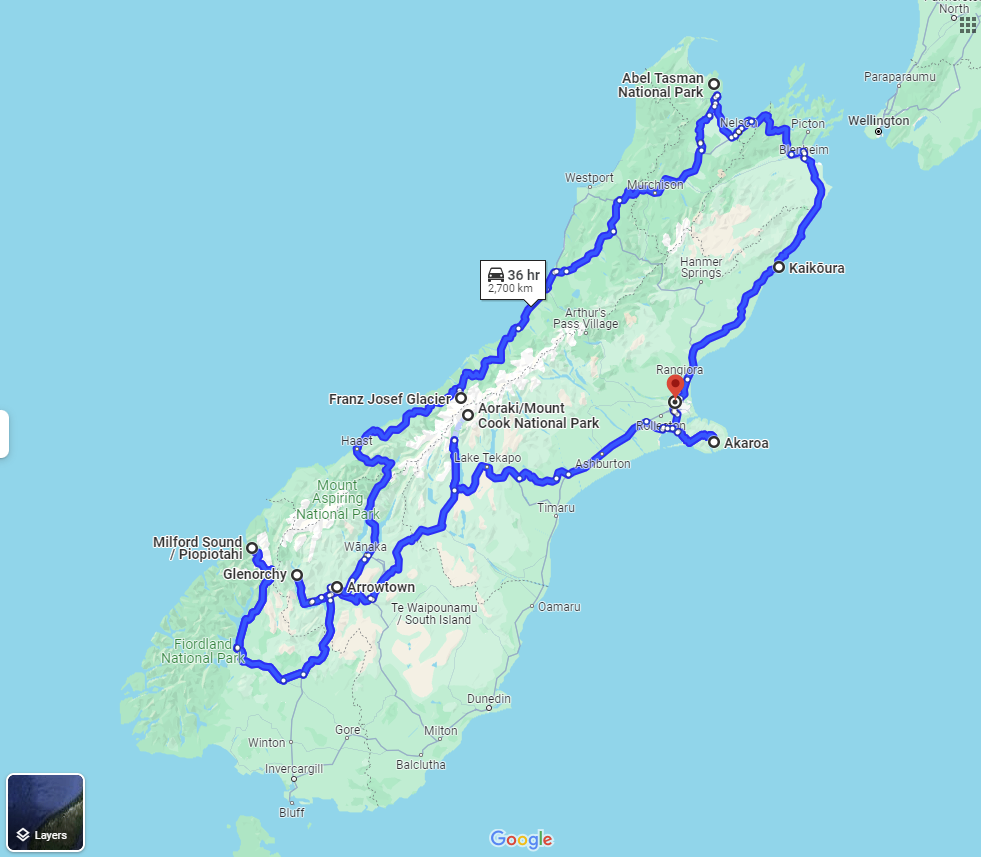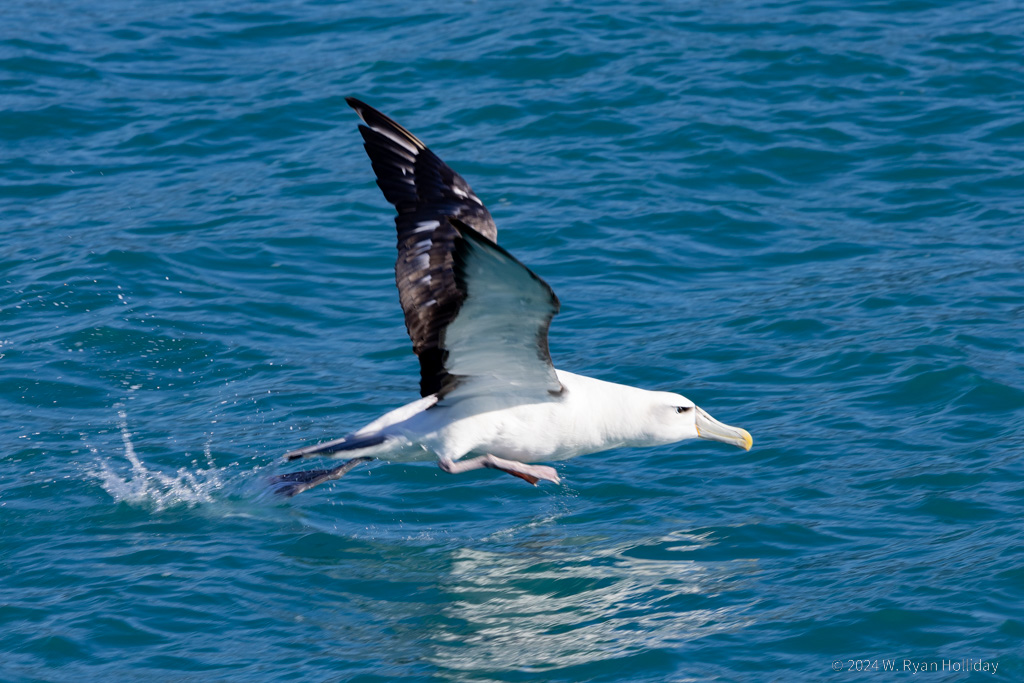Day two of diving in the Poor Knight’s Islands was done with absolutely perfect weather – the guides even commented that on a day like this, they might have come out to the islands if they weren’t already working. We had a smooth hour long ride out, and then just before arriving a divemaster came over to let me know that I was one of the few people on the boat without an advanced certification – I’ve never needed it anywhere so never bothered to do it – and as a result I would have to go out in a group with several newly certified divers today. This development was not a good one.
In fairness, everyone was a beginner at one time – I just had to go through it during my first dry suit dive, and I’m sure when I was new to diving that I was put in a dive group that dreaded having me with them; I’ve been going on and on about how karma has treated me well on this trip, so today it was my turn to earn some back. As expected, we got in the water, descended, and madness ensued. One diver disappeared straightaway, and the divemaster-in-training and divemaster-with-nineteen-years-of-experience had to go after her; I learned later that she’d had a panic attack, and I think she rejoined the dive after a short time calming down at the surface. From there it was a bit like the Keystone Cops underwater, with some people horizontal, some vertical, various people randomly sinking or floating away as they worked out how to control buoyancy in the thick wetsuits, and with the divemasters like sheepdogs chasing after strays and herding the flock back together. The one advantage of diving with the newbies is that they all blew through their air within thirty minutes and had to return to the boat, so as the only diver in the group still able to breath underwater, I got my own personal dive guide for the last thirty minutes. It turns out that Matt (the experienced divemaster) has a superpower whereby he can blow bubble rings that drive the fish mad, so we spent the last several minutes of our dive watching fish chase and attack bubble rings right in front of our faces.
For the second dive they thankfully switched me to a more advanced group, and that dive was entirely spent enjoying the underwater scenery. We started at a small cave, the guide shined her light inside, and a large stingray swam up one wall, across the roof of the cave, and then out over our heads. This encounter was to be only the first of probably a dozen stingray encounters on this dive. Practically every time we came around a corner there was a stingray in the kelp, or swimming through the rocks. I’ve seen them on dives before, but I don’t recall ever seeing this many on one dive. In addition there were some decent sized schools of fish that appeared totally unfazed by the humans swimming next to them, and I came away better understanding why the Poor Knight’s is such a renowned dive spot. It’s a very healthy marine environment, with a huge variety of fish that seem to care not one bit about the people swimming with them, and I suspect that every dive site is just a little bit different. We didn’t see any sharks or the massive schools of fish that you hear about in these islands, but the fact that every dive is a roll of the dice where something amazing might show up makes this a place that I would enjoy coming back to.
But if I do come back I might do so in the summer when it’s a little less freezing, and also get whatever certification the New Zealanders think is needed to avoid having to dive with the newbies 🙂
